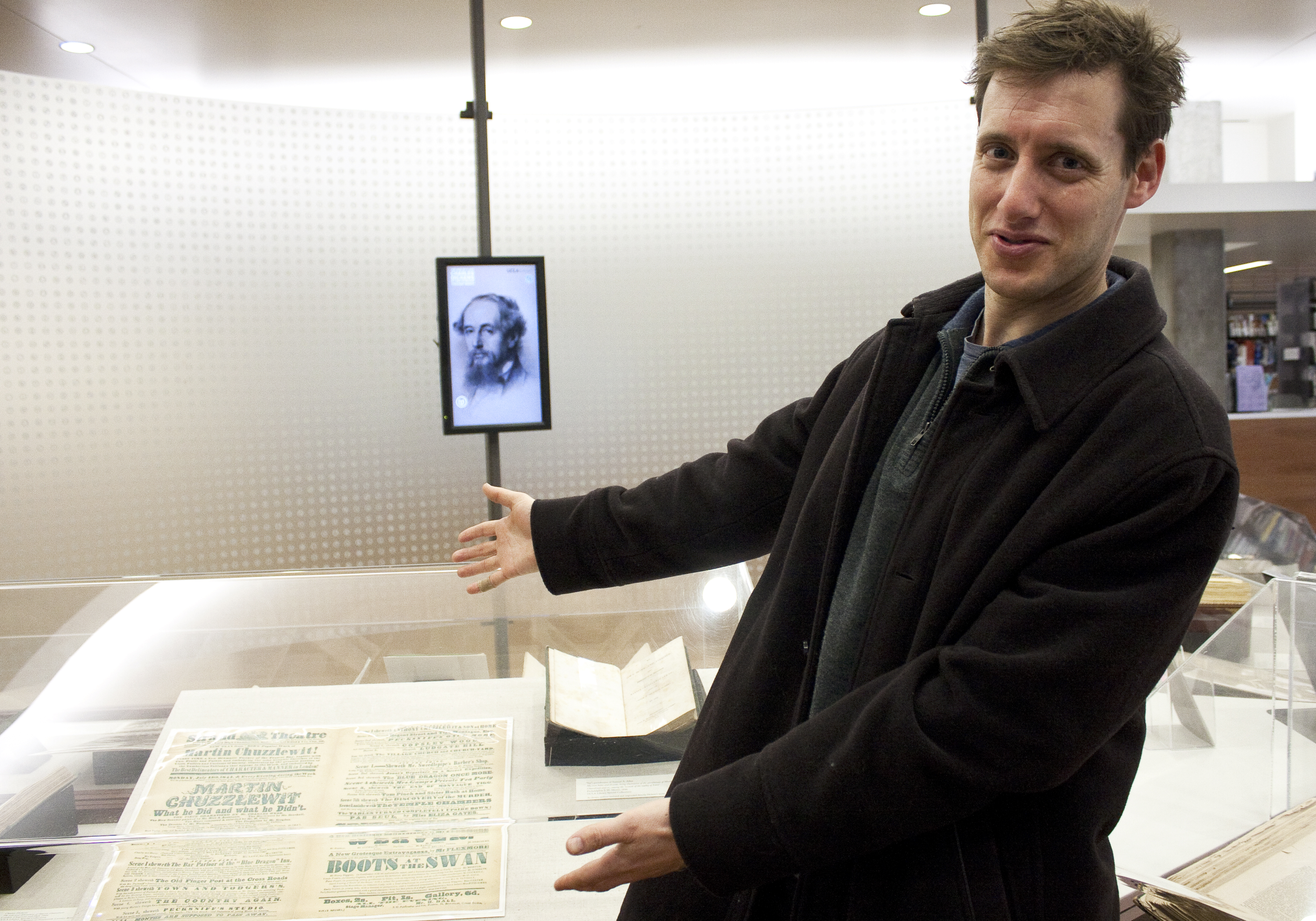Many revere Charles Dickens as the most famous author of Victorian literature, yet few see the irrefutable parallel between the author and Mark Zuckerberg.
Nearly two centuries before Facebook, however, Dickens saw the world shrinking as a consequence of increasing interconnections between people ““ essentially, the birth of modern social networks. For this reason, Jonathan Grossman, an associate professor of English, sees an occasion to celebrate.
In honor of Dickens’ 200th birthday today, Grossman has collaborated with the UCLA humanities division, Friends of English and UCLA Library to celebrate the acclaimed author’s career and to elucidate his often-unknown personal life through a series of events staggered throughout this afternoon.
The celebration consists of an illustrated talk by Grossman, an exhibit viewing, and a screening of David Lean’s Academy Award-winning film adaptation of Dickens’ novel, “Great Expectations.”
Considering the influence Dickens’ literature has had upon the world at large, Grossman said he felt it was important to share the life of the author with the UCLA community.
Ali Behdad, a professor of English and comparative literature and chair of the English department, said the ubiquity of Dickens’ literature is a testament to the author’s understanding of the mechanics of society.
“Dickens is an author whose work continues to be read and talked about around the world. This is an opportunity for students to participate in the conversation and learn something new,” Behdad said. “Being exposed (to his work) enables us to look at our own world today.”
Perhaps the most telling evidence, he said, is the notion that Dickens preempted the current social networking phenomenon, albeit nearly two centuries before it actually happened.
“He was really the artist who took a large canvas and showed how we were all atomized from each other, walking in different ways in life, and not able to understand each other in the modern society. But at the same time, we had many hidden interconnections that he would bring into sight (as the novel progressed).”
Yet, as is common for quintessential figures, many often perceive individuals like Dickens as monolithic figures. This is something the exhibit tries to dispel, according to Dawn Setzer, director of communications at UCLA Library.
“Seeing an exhibit like this actually makes you see Dickens as more of a person. Figures from the 19th century can seem very cast in stone, but he didn’t say “˜Okay, I’m going to write this’ and write (a novel all at once). He wrote in serial format, so he wrote each part as it was published,” Setzer said.
Dickens’ personal and professional life materializes in the exhibit in the form of playbills, personal letters and other trifles from his two visits to the United States.
The exhibit will be up through the end of March at the Charles E. Young Research Library Lobby Gallery.
Setzer said she hopes that passers-by will not only learn a thing or two about Dickens but will also learn about the breadth of resources available to students on campus.
Grossman said he hopes that, at the end of the day, the event is informative and fun to those who choose to engage in the celebration.
“I’m just doing (the event) for, as Dickens would say, a lark. I just wanted to celebrate Dickens’ birthday on campus, and I hope people will come,” Grossman said. “People are very worried for me that nobody’s going to show up for his birthday, and I keep telling them, “˜It’s Dickens’ birthday, not mine. If people don’t show up, that’s his problem.'”
